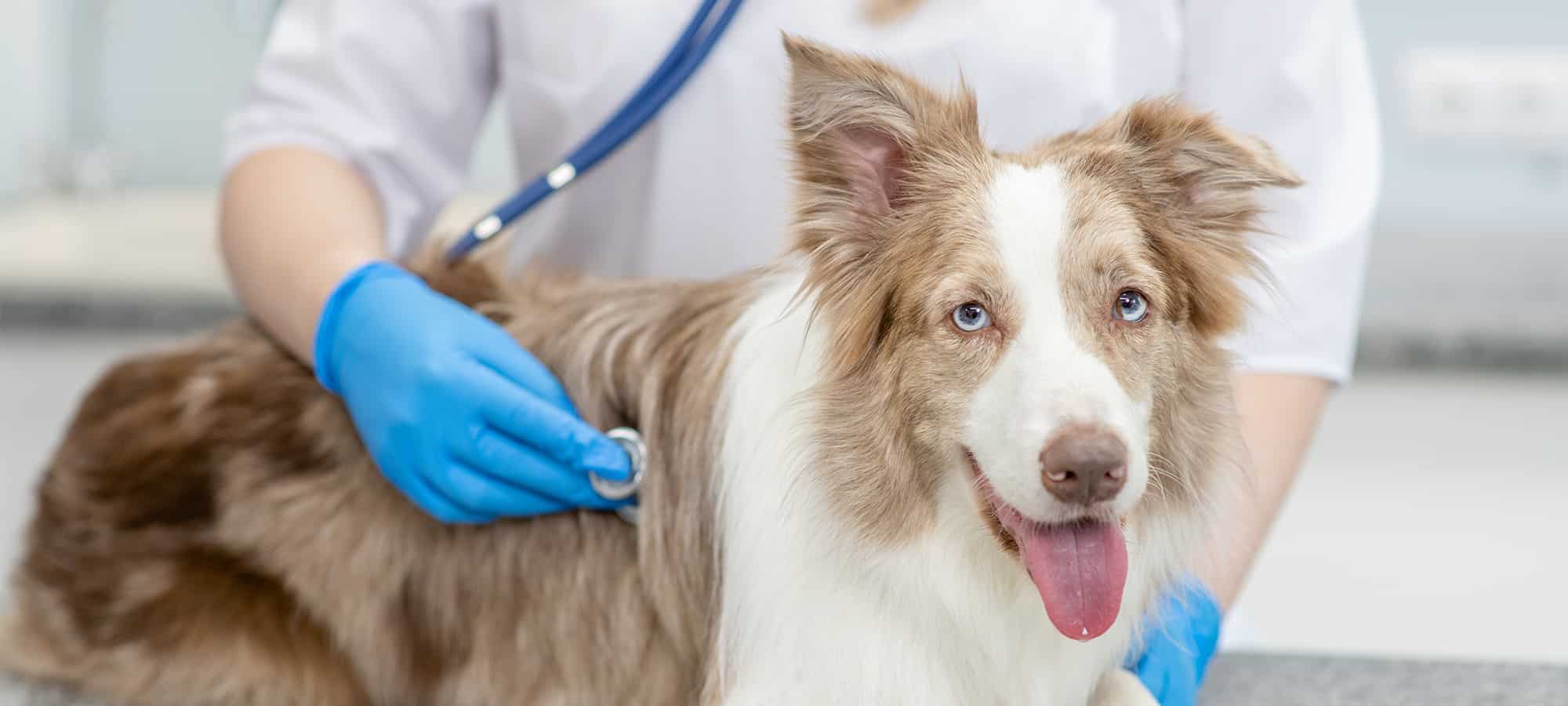Cruciate injury in dogs is the most common orthopaedic injury we see as vets. The cruciate ligament is a small ligament in the knee that can stretch or rupture with age, obesity, or breed. Once it ruptures, the knee becomes unstable and painful, and the joint will steadily deteriorate over time. Corrective surgery can halt or slow down these changes, but it can be a minefield of information online as to which surgery is best to perform. So, which surgery is best to perform?
The main problem facing vets when we recommend this surgery is that there are no large, long term studies comparing the different techniques. So we’re left to rely on smaller short-term studies, specialist advice and our own experiences to guide us. Having said that, some consensus exists as detailed below.
Specialist surgery is preferable for cruciate injury, provided there isn’t significant delay in accessing this
Veterinary surgical specialists go through very challenging training and are the ‘cream of the crop’ when it comes to performing cruciate surgery. They are both more experienced and more educated in this area than regular vets. Specialist cruciate repair costs more, but they have fewer post-op complications, and likely better outcomes. There are two surgical specialists that regularly visit the cairns region, one of whom works out of our clinic on occasion.
Evidence is increasing for surgeries that alter the angle of the knee, especially in larger dogs
In the last 15 years, there has been a significant increase in the use of surgeries that alter the angle of the knee to provide stabilisation, instead of placing artificial ligaments. In dogs over 15kg, more and more studies are demonstrating very good outcomes using these techniques. These include the TTO surgery (“Trible tibial osteotomy”) and TPLO surgery (“Tibial plateau levelling osteotomy”). We offer the TTO surgery for larger dogs.
Stabilisation outside the joint seems to have good outcomes in smaller dogs
A technique that specialists use commonly reinforces the knee by implanting a prosthetic nylon ligament outside of the joint. Specialists still employ this when repairing cruciate ligament injuries in smaller dogs. It is a very ‘tried and true’ procedure that seems to be best utilised by surgeons in smaller patients. We offer this surgery for all dogs, and recommend it for smaller dogs.
Rest, recovery, weight loss, and physiotherapy are beneficial
These are points that every vet agrees upon. Weight loss can make significant improvements to long-term outcomes, and can reduce the risk of the ligament in the opposite leg rupturing. Post-operative rest is critical for the surgery site to heal, no matter the surgery performed. Longer term, physiotherapy and low-impact exercise can help to return range of motion to the joint, as well as maintain good muscle tone.
Surgery for cruciate injury is better than no surgery
We used to think that if we didn’t operate on dogs less than 10kg, they could often recover just fine. Recent studies have disproven this, demonstrating that progression of arthritis and lameness is worse in dogs who didn’t receive any surgery. Generally speaking, we don’t consider the age or size of patients as a reason for us to avoid surgery. Dogs who receive surgery have less pain and thus are happier and more active later in life.
Have realistic expectations about outcomes
There are many factors that influence the outcomes after the cruciate ligament surgery. These include whether the joint had any arthritis to begin with, whether your dog is obese, how soon a surgeon performs surgery, whether your dog damaged their meniscus as well, whether it was a partial or complete rupture, the age of the patient, size of the patient, activity levels of the patient… the list goes on! Your vet will advise you pre-operatively of what to expect after the operation. We can see anything from complete recovery to just good improvement after their operation and recovery. If you have any questions about your dog’s cruciate ligaments, feel free to contact us.





